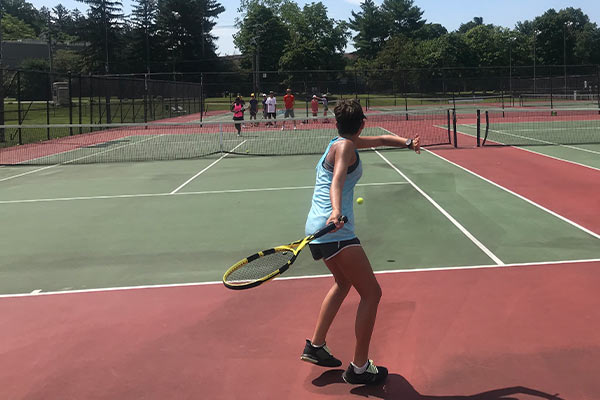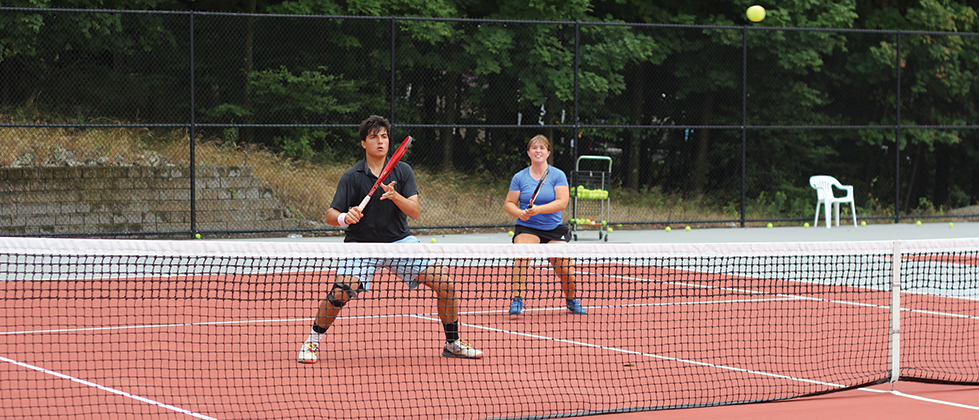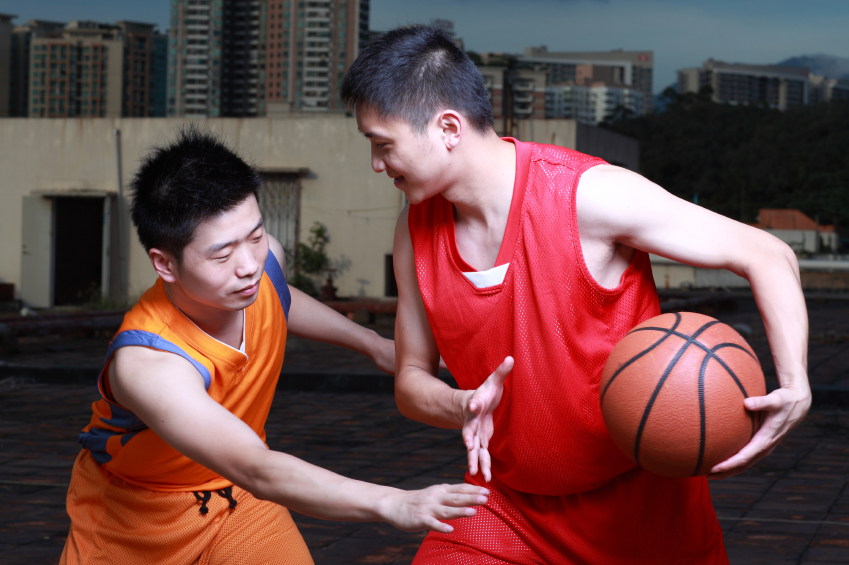What To Know to Successfully Return a Serve

Every tennis player wants to enjoy a good volley with an opponent on the court, but there are two important things that need to happen for this to be possible – a good serve and a return of that serve!
These are aspects of tennis that we focus on during our Connecticut tennis camps (along with the rest of our Adidas tennis camps) each and every summer. The actual act of returning a serve from your opponent doesn’t take very long, but there are a lot of things that go into having it be a successful sequence of events. That’s because this is quite possibly the most important skill to develop in your tennis game. Learning how to do this at a high level will in turn lead to better results at the end of the day.
Like many things in sports, there’s an easy way to remember each of the keys to returning a serve, and it’s called the five “Fs”.
Forward
When returning a serve, it’s crucial to be balanced and keeping some forward momentum with your body. It’s hard to return a serve powerfully if your body and momentum aren’t working as one unit and working through the ball as you complete whatever type of stroke makes sense given the situation.
Focus
Tennis is certainly a game of reactions, but it’s also a game that’s full of strategy, body language, and reading your opponent. Trying to anticipate what they’re doing and where their serve could be going is a great way to stay balanced and put your body in the best possible position to put together a return such that packs a punch.
This can be done by trying to read their body language, how they’re tossing the ball up in the air, or even the angle of their racquet, if you’re able to see it.
First Step
Similar to many other sports, the first step you take is typically the most important one of all. In this particular case, you’ll want that first step toward the ball with your outside foot. Why is that? Well, if you train your muscles to react in a certain way to all types of serves, it makes the process of returning it that much easier to complete in a split second.
The less thinking you have to do with the actual reaction time, the better.
Four
This feels like a pretty random term thrown into a bunch of very specific ones, but it has a distinct purpose in here, of course. “Four” is symbolic because the goal here would be for you to hold your return swing as if you’re hitting four straight balls in a row in order to hit through the return itself. Doing so allows you to not cut your follow through of your return volley short.
Follow
After all that, the ending is pretty simple – actually follow through your shot! You’ve done everything necessary to get yourself to this point, so don’t forget to finish it off and put as power into your return as possible to put the pressure on your opponent.



